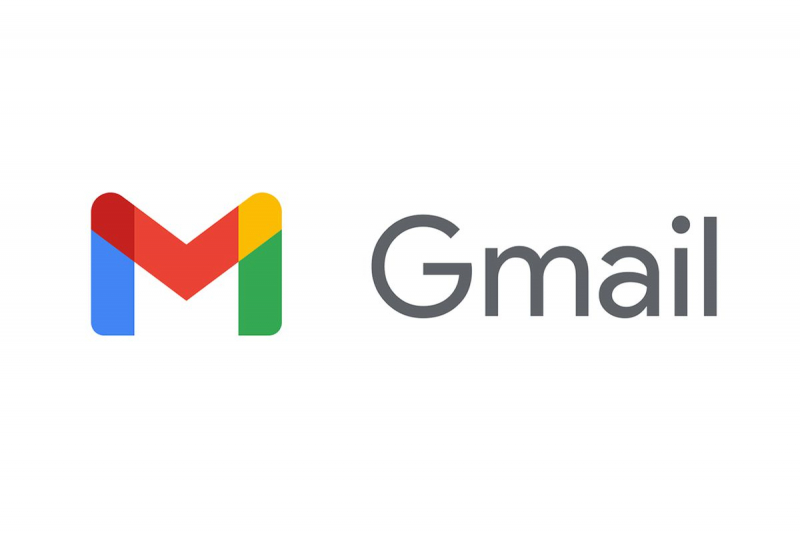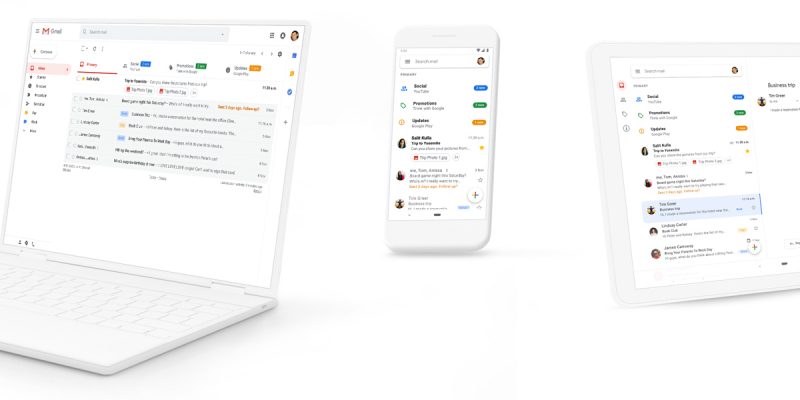Google E-mail

In a news statement from 2004, Google stated that the corporation was not content with dominating Internet searches, the second-most popular online activity. Google planned to take on the Internet's most popular service: e-mail. To that aim, Google stated that a limited number of users will be able to test Gmail, a Web-based e-mail service [source: Google].
Gmail began as a Google internal e-mail system. When it came to making Gmail available to individuals outside of Google, the corporation took a progressive approach. Receiving an invitation from someone else was the sole method to get a Gmail account at first. Google opened out Gmail to the general public over three years after it was first announced. Anyone may now sign up for a Gmail account.
Messages in Gmail are organized into "conversations." If you answer to someone's message, Gmail will group the two messages together in a stack. The original e-mail will be shown first, followed by your response. Future messages will show beneath the originals, which Gmail will collapse so they don't take up too much screen space. Gmail makes it easier for users to keep track of several conversations at once by grouping messages and answers together.
Some individuals believe that e-mail communication is becoming obsolete (or is already dead). Google Talk looks to be the answer to that as well. On the next page, you may learn more about it.
- Best For: Everyone
- Cost: Free











